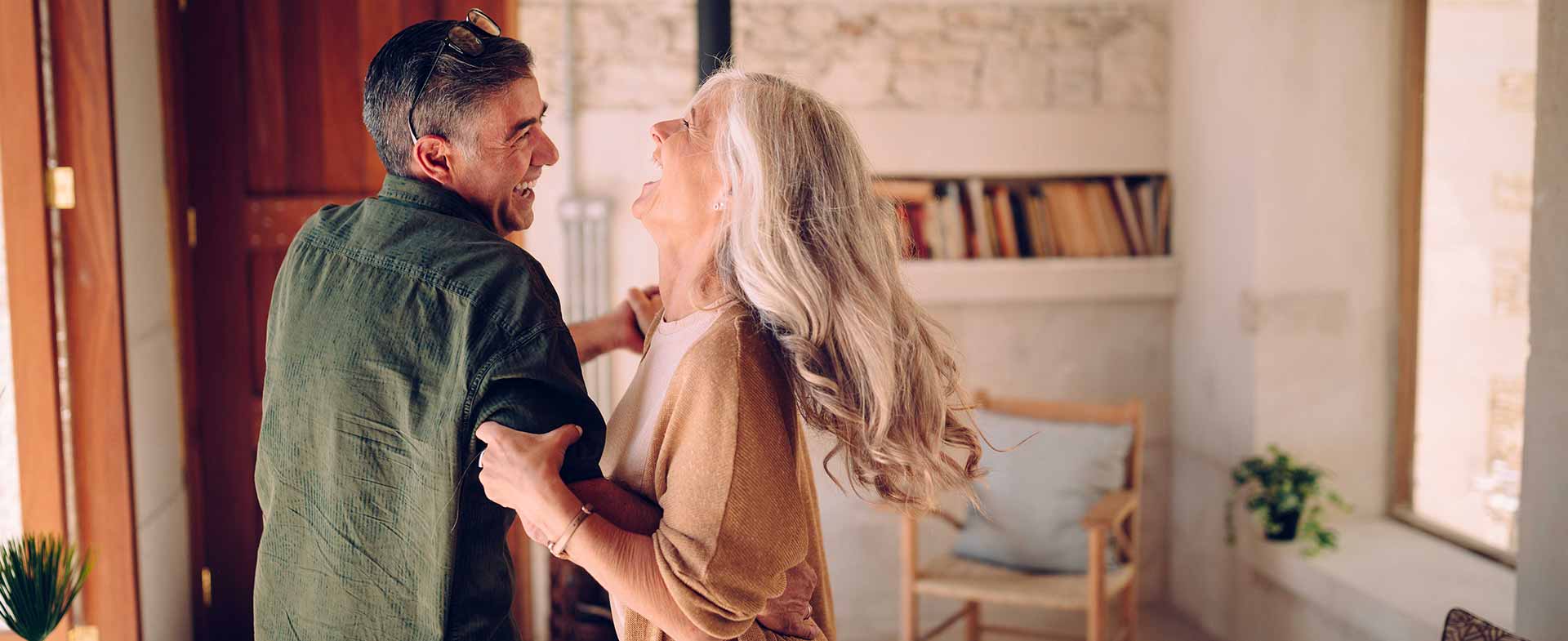Humans have recognized the power of dance for centuries. We dance to celebrate a union, a birth or rites of passage; sometimes it’s also a form of prayer. But until recently, scientists didn’t realize that the health benefits of dancing include physiological and emotional perks beyond what you might get from other forms of exercise.
“Movement is one of our 10 life functions — on the same list as eating, sleeping and procreating,” says Christina Lucas-Vougiouklakis, D.O., a family medicine physician at Henry Ford Health (and a dancer).
Dance Research Roundup
There’s plenty of science to support the idea that all exercise is generally good for your mind, body and soul. But research suggests dancing is especially good for protecting your health. In fact, recent studies link dancing with a reduced risk of disability and dementia among seniors compared to other forms of physical activity.
“Dance stimulates the nerves in a way that sort of ‘wakes up’ dormant nerve endings,” Dr. Lucas-Vougiouklakis explains. “Performing movements in a specific sequence stimulates different parts of the brain.”
One study of elderly Japanese women found that all types of physical activity, including walking, aerobic activity, yoga and dance, helped women maintain their independence, but dancing provided the greatest benefits. Women who reported dancing frequently were 73 percent less likely to become disabled during the study period than women who didn’t dance. A second study published in the Journal of the American Geriatrics Society found that mind-body exercises, especially dance and tai chi, help boost brain power among aging adults. And in a third study, researchers reviewed brain scans and discovered that dancing increased the amount of white matter in older adults’ brains (loss of white matter is associated with aging and cognitive decline).
Get Your Groove On
While these studies don’t definitively prove that dancing results in health benefits, they do point to an association between dancing and well-being. Plus, dancing and listening to music often go hand in hand, and music offers its own set of benefits.
“If you hear a song repetitively, you begin to anticipate what’s coming next and move your body accordingly,” Dr. Lucas-Vougiouklakis says. From the Electric Slide and the Hokey Pokey to Baby Shark and the Macarena, choreographed dance routines require you to engage both body and mind at the same time.
A few ideas to get your groove on:
- Play “freeze dance”: Adults and kids alike love a good game of freeze dance. Plug in your favorite tunes, hit play and then pause a few times during each song for participants to “freeze.”
- Practice cultural dances: Take the time to study and learn different cultural dances. From belly dancing and folk dances like the hula, cultures around the world use dance as a form of expression and entertainment.
- Take a class: Whether you choose barre, Zumba, ballroom or swing, signing up for a class is a great way to get moving on the dance floor. A bonus: You’ll meet people who share similar interests while you’re grooving.
Music and dance bring people together. In fact, many forms of dance rely on touch, which offers its own set of healing benefits.
To find a doctor at Henry Ford and talk about what kind of exercise is right for you, visit henryford.com or call 1-800-HENRYFORD (436-7936).
Dr. Christina Lucas-Vougiouklakis is a family medicine doctor who sees patients of all ages at Henry Ford Medical Center – Brownstown.



